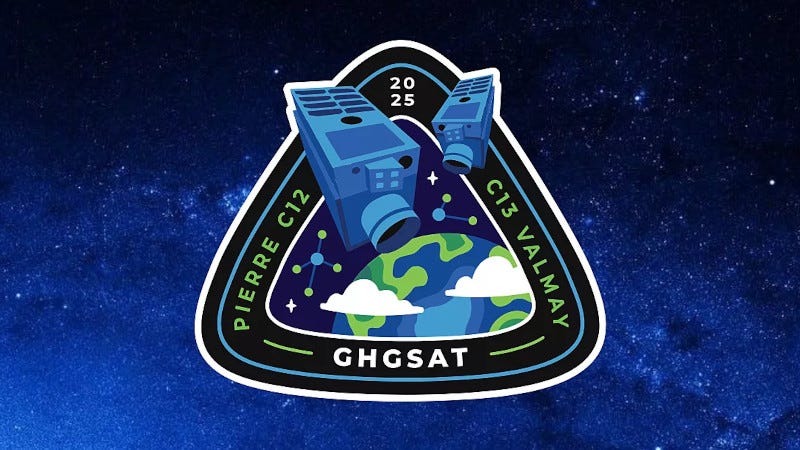Two New Methane-Monitoring Satellites to Launch This Month
GHGSat Prepares to Deploy Pierre (C-12) and Valmay (C-13) Spacecraft
Two new methane monitoring satellites are ready for launch at the end of June 2025. The additions will expand the GHGSat fleet of spacecraft, enabling daily monitoring of industrial sites around the globe.
“This expanded capability will allow us to pinpoint emissions events even faster, helping our clients take quicker action."
Stephane Germain, GHGSat
Th…
Keep reading with a 7-day free trial
Subscribe to The Journal of Space Commerce to keep reading this post and get 7 days of free access to the full post archives.



